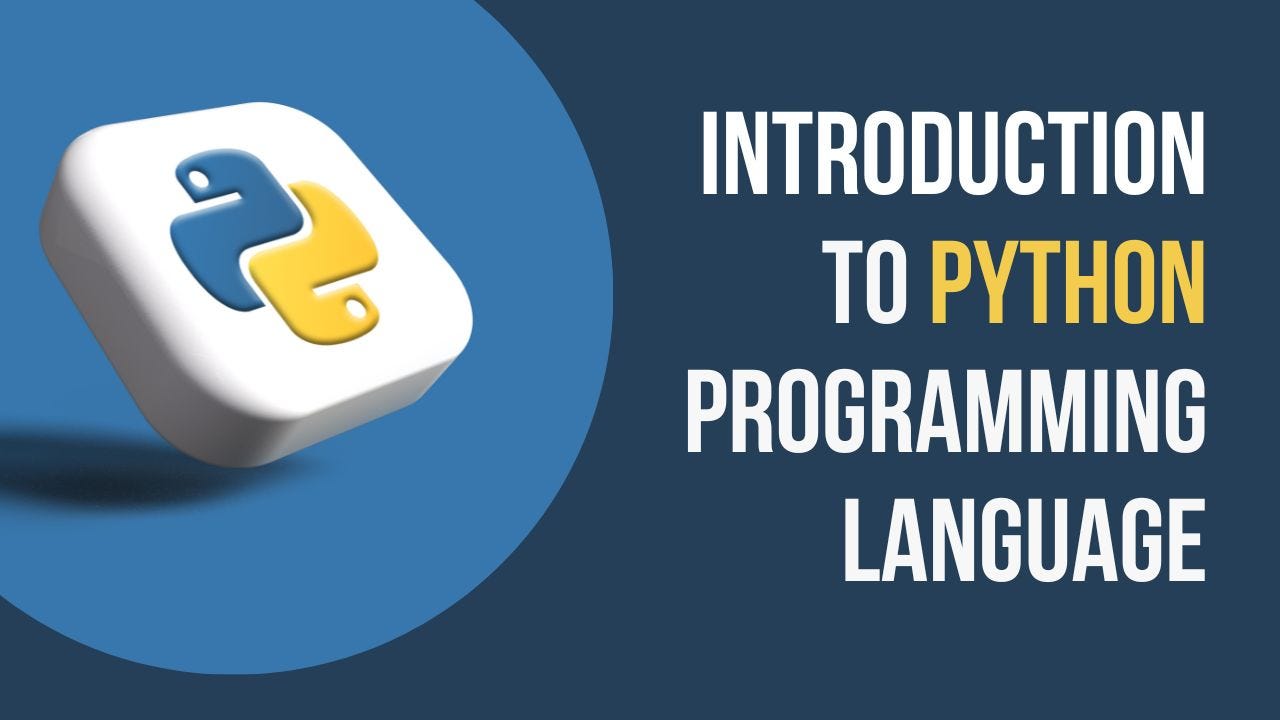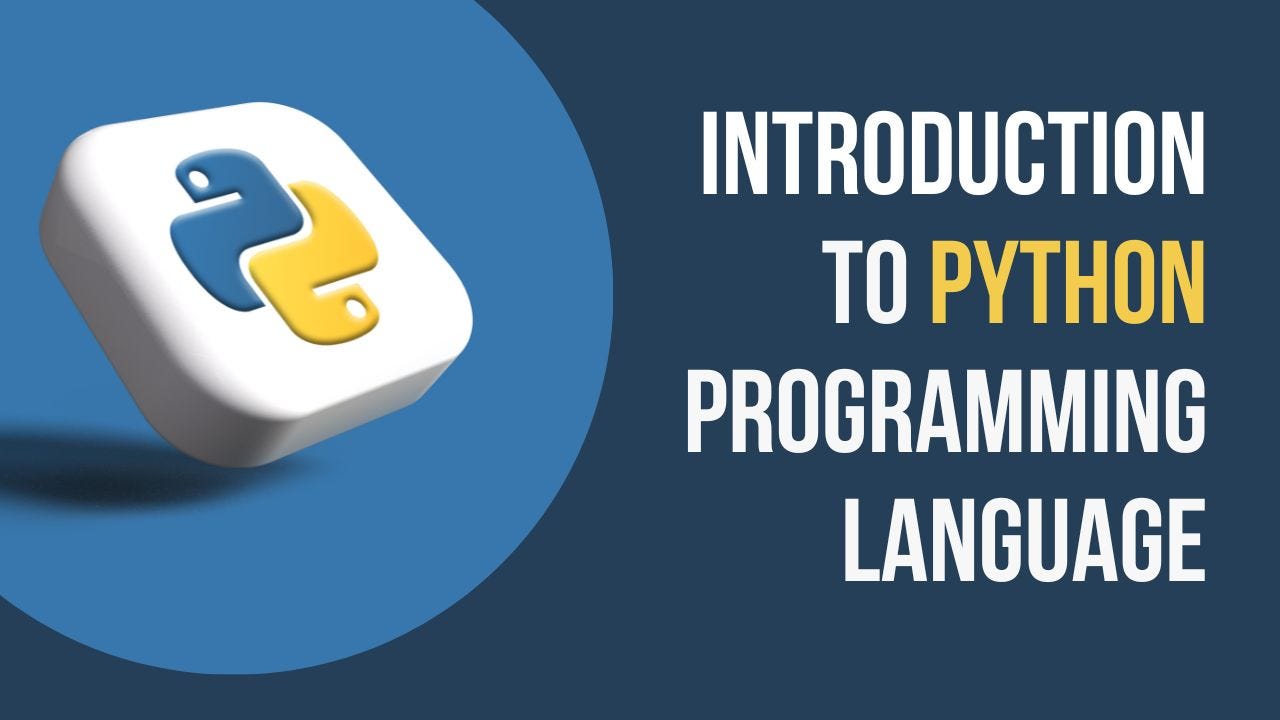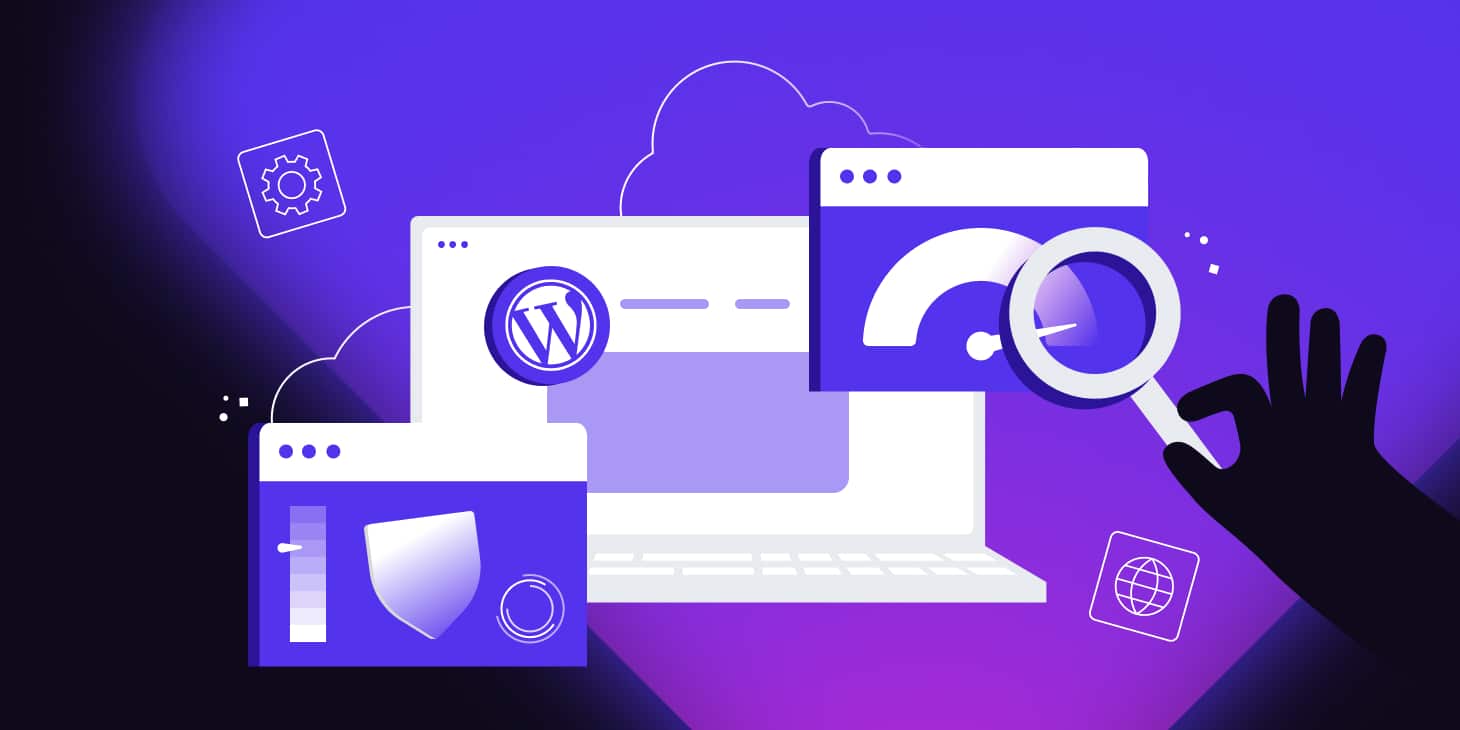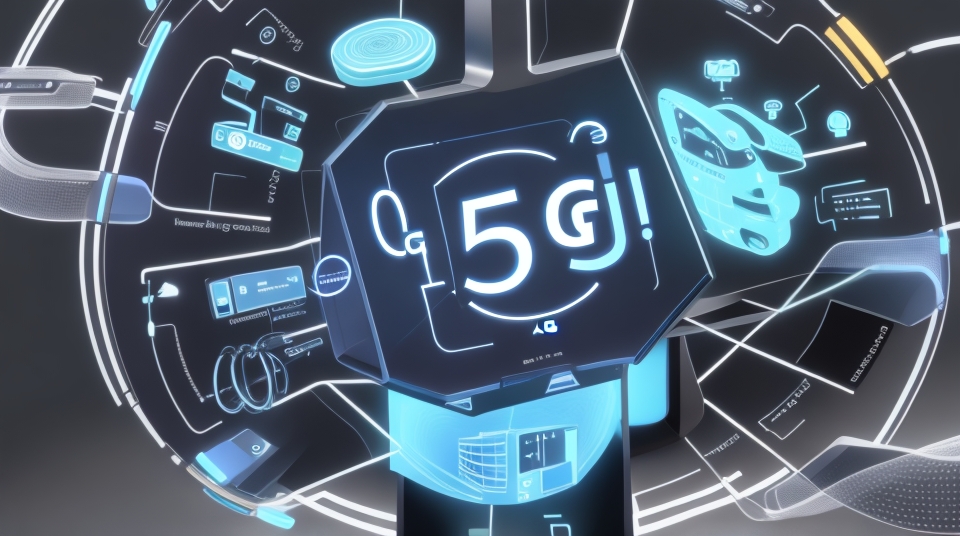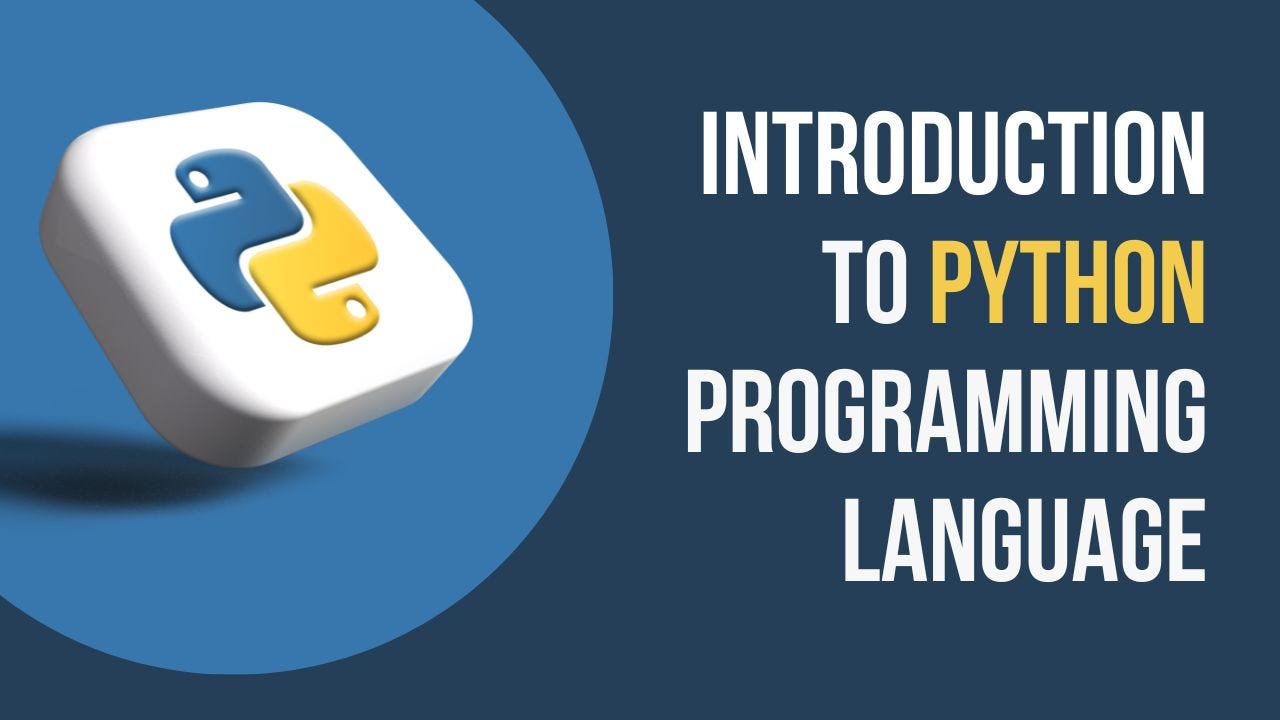
Python: An Overview and Introduction to Programming in Python
Introduction:
Among the many programming languages available, Python sticks out as a flexible and approachable option that has won over developers all over the world. Python is becoming a popular among both novice and expert programmers due to its ease of use, readability, and large library. Whether your career goal is to work as a web developer, data scientist, or software developer, learning Python can lead to countless opportunities. We'll go through the foundations of Python programming in this beginner's tutorial, from its history to its useful applications in a variety of industries.
Origins of Python:
Python was conceived in the late 1980s by Guido van Rossum, a Dutch programmer, with the goal of creating a language that prioritized simplicity and readability. The name "Python" was inspired by the British comedy series "Monty Python's Flying Circus," reflecting van Rossum's fondness for the show's humor and irreverence. Python's design philosophy, often summarized as "Readability counts," emphasizes the importance of clear and concise code that is easy to understand and maintain.
Key Features of Python:
Python boasts several features that contribute to its popularity among developers:
- Simple and Readable Syntax: Python's syntax is designed to be intuitive and easy to understand, making it ideal for beginners and experienced programmers alike.
- Extensive Standard Library: Python comes bundled with a rich set of libraries and modules for performing various tasks, from web development and data analysis to artificial intelligence and machine learning.
- Dynamic Typing and Automatic Memory Management: Python is dynamically typed, meaning variable types are determined at runtime, reducing the need for explicit type declarations. Additionally, Python's automatic memory management system (garbage collection) frees developers from managing memory manually.
- Interpreted and Interactive: Python is an interpreted language, allowing developers to execute code line by line and interact with the interpreter in real-time, making it great for prototyping and testing.
- Cross-platform Compatibility: Python is supported on multiple operating systems, including Windows, macOS, and Linux, ensuring code written in Python can run seamlessly across different platforms.
Practical Applications of Python:
Python's versatility extends to a wide range of applications across various industries:
- Web Development: Python frameworks like Django and Flask are popular choices for building dynamic web applications and APIs.
- Data Science and Analytics: Python's robust libraries, such as NumPy, Pandas, and Matplotlib, make it a powerful tool for data manipulation, analysis, and visualization.
- Machine Learning and Artificial Intelligence: Python's simplicity and extensive libraries, including TensorFlow and PyTorch, have made it the go-to language for developing machine learning models and AI applications.
- Scripting and Automation: Python's scripting capabilities and cross-platform compatibility make it well-suited for automating repetitive tasks and system administration.
- Game Development: Python's Pygame library provides a framework for creating interactive games and multimedia applications with ease.
Conclusion:
Python is a great starting place for those who want to learn programming since it offers the ideal blend of power, simplicity, and versatility. Learning Python may open up a world of possibilities in software development, data science, artificial intelligence, and other fields, regardless of your level of coding experience. Python's abundant libraries, intuitive syntax, and lively community make it more than simply a programming language—it's a doorway to unbounded creativity and invention.

